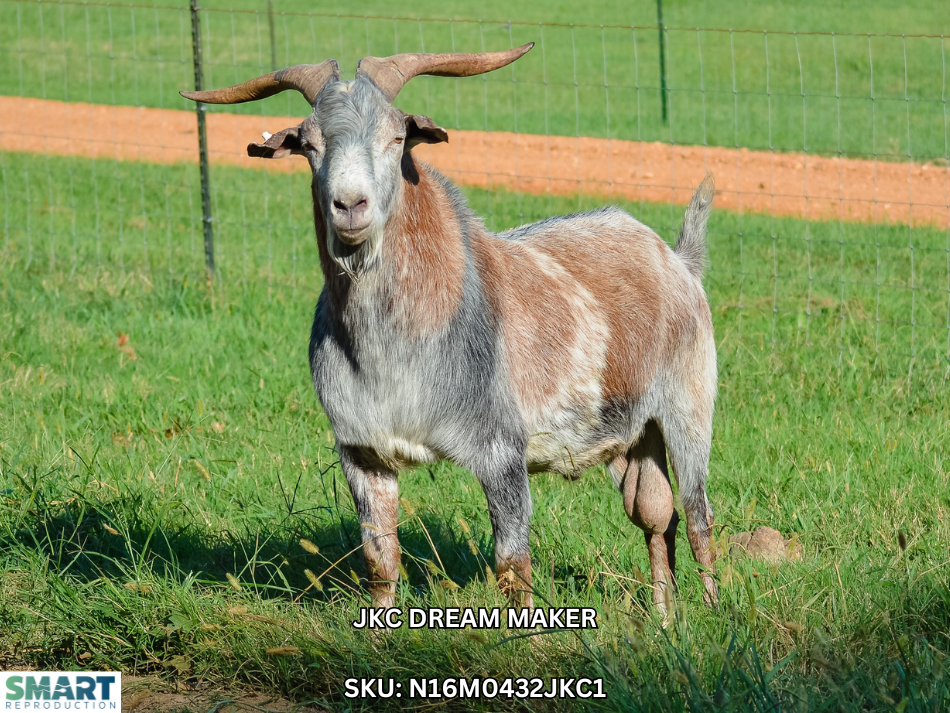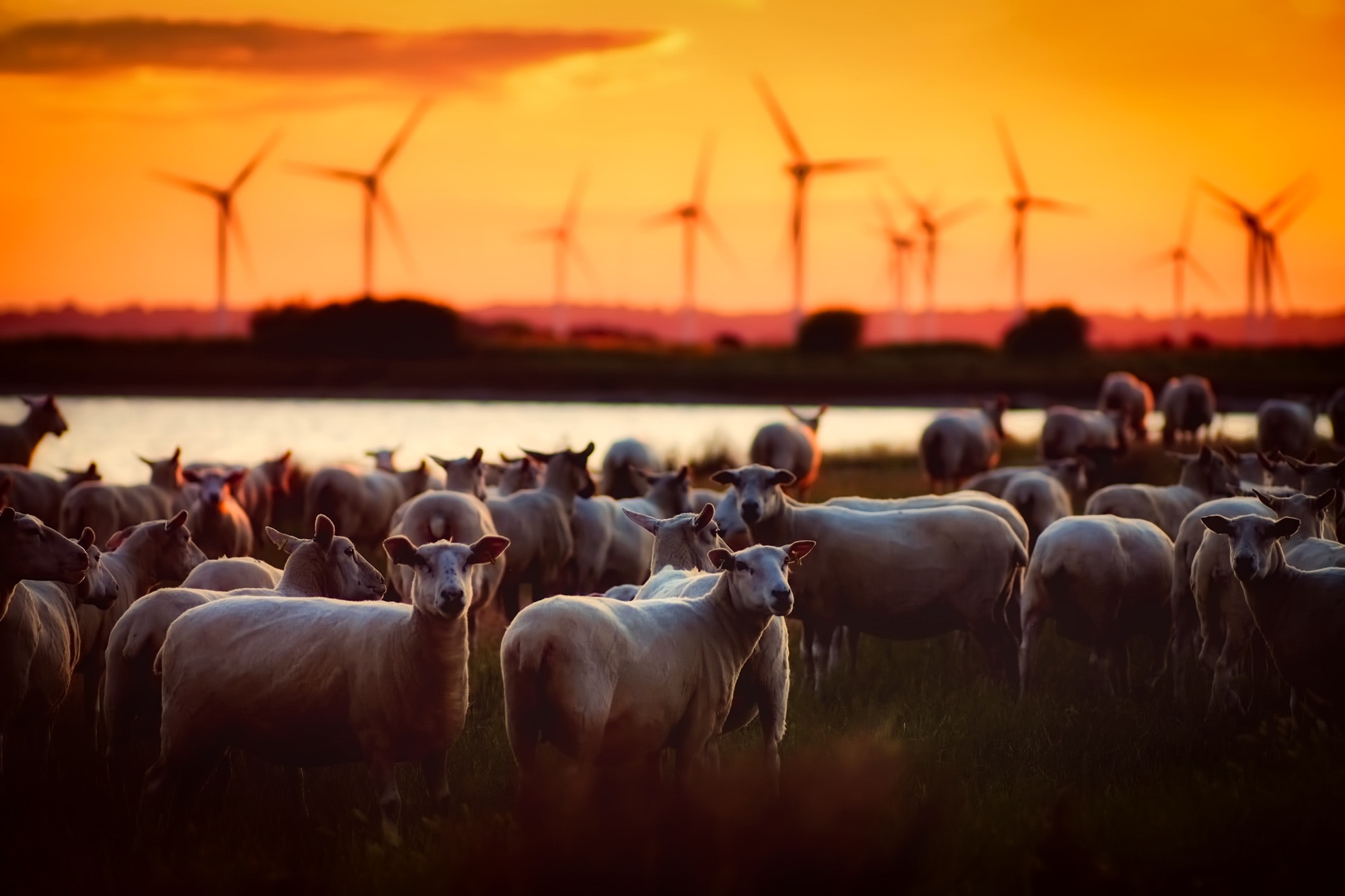Improved animal genetics promises to revolutionize the global food production system. Throughout history, this has been illustrated clearly in small ruminants. Selective human breeding has created sheep and goat breeds able to thrive in harsh climates and rugged terrain. In light of the current challenges of climate change and the reality of greater instability, these animals offer an example and a path for sustainable and efficient food production systems. By adopting improved genetics, farmers can maintain their livelihoods and provide food for communities even while dealing with extreme weather events and changing weather patterns.
Data is the first step
As the clock ticks and the need for sustainable solutions intensifies, data to identify the required genetics is the first step. Within the landscape of small ruminant production breeds in the United States, several stand out for their registries and industry’s data collection programs. These data collection and evaluation programs are available across multiple protein production models and breeds of sheep and goats. By consolidating and organizing concise generational data, they enable producers to calculate reliably predictable transmission rates of characteristics such as milk production and parasite resistance.
https://pubmed.ncbi.nlm.nih.gov/32429527/
The Sheep Industry
Recognizing the need for comprehensive data for reliable and consistent breeding outcomes, the National Sheep Improvement Program created Estimated Breeding Values or EBVs. These values are science-based, industry-tested measurements of heritable traits that can be tracked and measured, including but not limited to fleece quality, weaning rates, and parasite resistance. Therefore, this program has resulted in clear breed-specific long-term improvements, as shown by NSIP-enrolled Polypay breeders increasing the breed average for pounds of lamb weaned per ewe by 13 pounds and Katahdin breeders demonstrating an increased 5% weaning rate (weaning rate represents the number of animals of a flock’s lamb crop reaching market weaning age) and breed leadership, spearheading a national effort to develop resistance to internal parasites. These improvements, however minor to a layman, mean increased animal health and higher profit margins for producers.
The Goat Industry
One other example is the yearly large-scale performance trials primarily used within the Kiko goat breed. This meat breed is known to be hardy, parasite-resistant, with excellent maternal traits. At these university-managed trials, bucks are infected with Haemonchus contortus or the barber-pole worm, the leading cause of death due to worm parasitism in small ruminants in the United States. The animals are closely monitored by veterinary health professionals, keeping their well-being in mind. Throughout the typically 101-day program, animals are weighed, and most importantly, parasite loads are evaluated every two weeks using fecal egg counts (a simple method to determine the number of worm eggs excreted per gram of feces), while FAMACHA scores are taken weekly. FAMACHA is a color eye chart system that estimates the level of anemia (blood loss) in sheep/goats, which is the primary symptom of barber pole worm (Haemonchus contortus) infection, through the visual examination of eyelid mucous membrane color.
At the end of the trial, animals are ranked by average daily weight gain, muscling, and fecal egg count. With this factual data, producers can select herd sires, considering these crucial genetic factors. The result is that Kikos show distinct promise as a critical global component of subtropical animal production systems, with genetics making it possible to minimize the acute threat of entire herd depredations due to parasite infection. This aspect is vital as large swaths of the world are encountering rapid escalations in temperature and disruptions of rainfall patterns. The rising prevalence of warmer and wetter climates creates the perfect conditions for internal parasites to increase in density and expand their distribution range into novel livestock populations.

There are also two data collection and evaluation programs widely used by dairy goat breeders within the United States. One is the Dairy Herd Improvement Registry (DHIR), a nationally recognized program that consists of a 305-day monitored test of milk volume, components (fat and protein), and herd health. This voluntary program provides year-to-year comparison data for individual animals within herds, including their relatives and subsequent generations. The American Dairy Goat Association also offers the Linear Appraisal Program, which evaluates a range of traits affecting structural and functional durability in both the mammary system and physical conformation. As breeders select for increased milk and solids production across all breeds, well-attached udders and correct leg and foot structure directly translate into animals with fewer physical issues as they age and a longer, higher quality of life.
Trained and approved technicians evaluate each animal and trait individually from one observed biological extreme to the other, and evaluations are applied uniformly to traits that have economic importance and are, at a minimum, moderately heritable. The linear appraisal system includes 13 primary traits, one secondary trait, a research trait, and structural categories scored by the appraiser to evaluate functional conformation on mature does and bucks. Examples of the characteristics scored include the width of the rump, foreudder attachment, teat diameter, shoulder assembly, and dairy character. With these two programs combined, breeders can select healthy, highly productive animals with an eye on longevity, resulting in some of the most effective, economically valuable dairy goat herds on record.
What The Future Holds By Using Improved Animal Genetics
With more efficient production, fewer resources are required for the same or greater outcomes, cutting water use and reducing the cumulative carbon footprint of the farm. More efficient use of fodder, another benefit of more productive herds, is significant as those crops will also be under pressure from temperature and rainfall changes. Improved genetics also allows producers to integrate genetic traits such as parasite resistance or heat tolerance more quickly, in almost real-time, in response to currently unforeseen climate change responses, exponentially improving animal welfare outcomes and output. With these factors in mind, programs pinpointing and empowering animal producers’ genetic choices will determine the future of sustainable climate-smart national and regional protein production programs.
https://smartrepro.com/catalog/
*This article was orginally published in the US Sustainability Alliance May Newsletter.
https://thesustainabilityalliance.us/improved-animal-genetics-combat-climate-change-effects/

